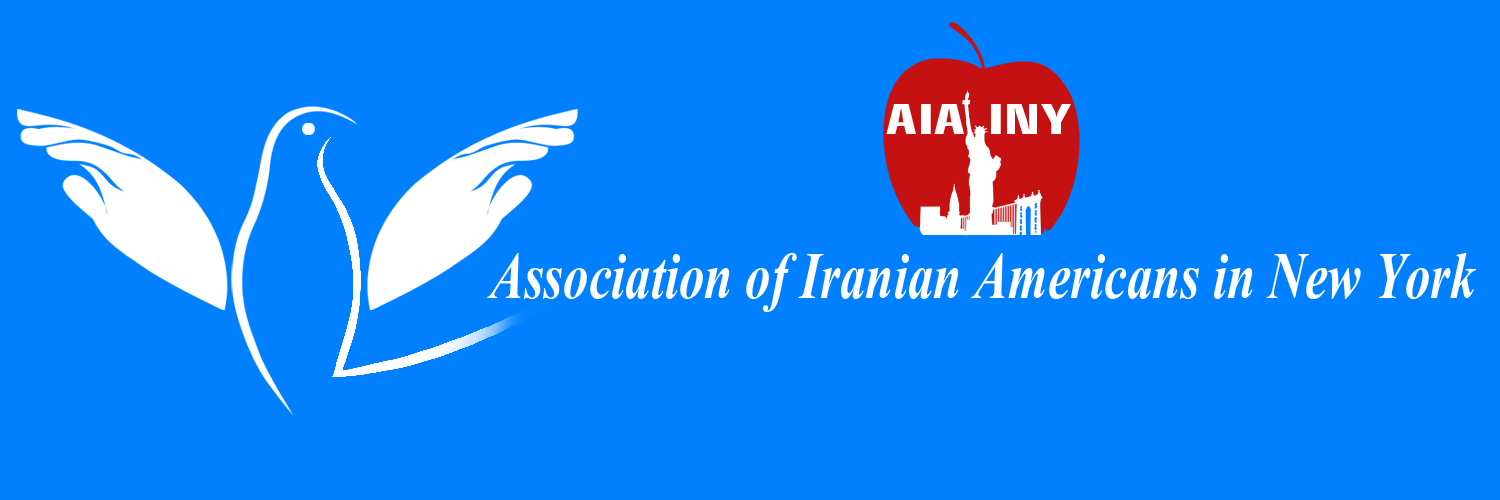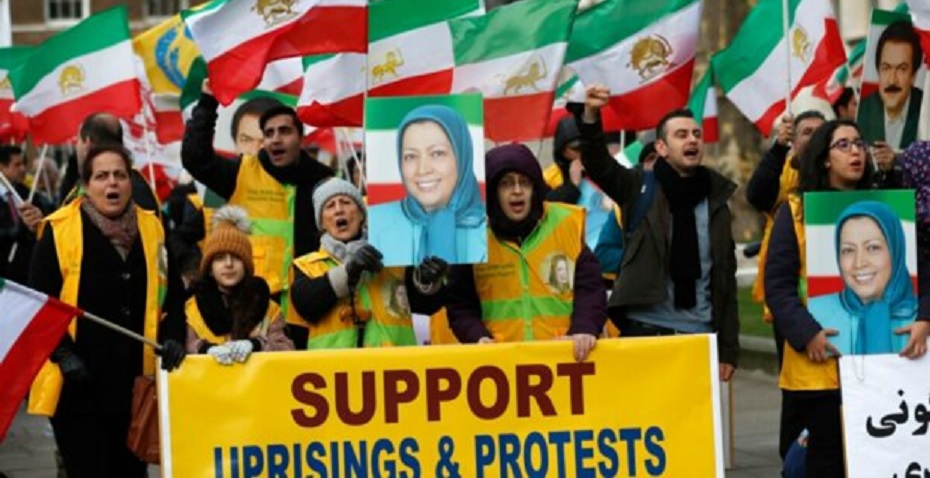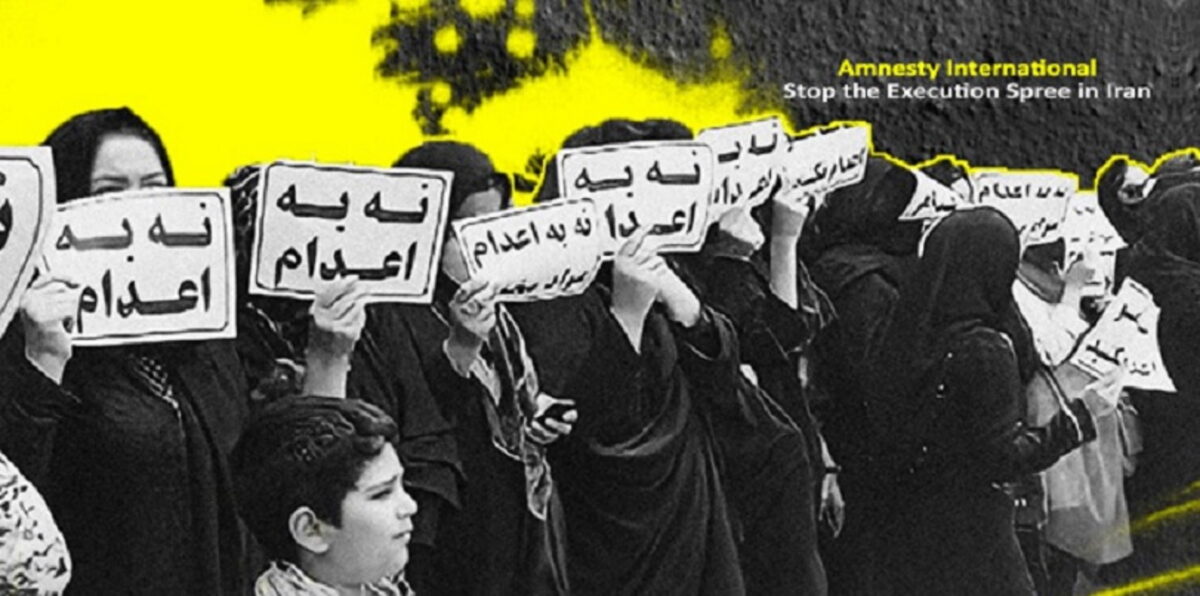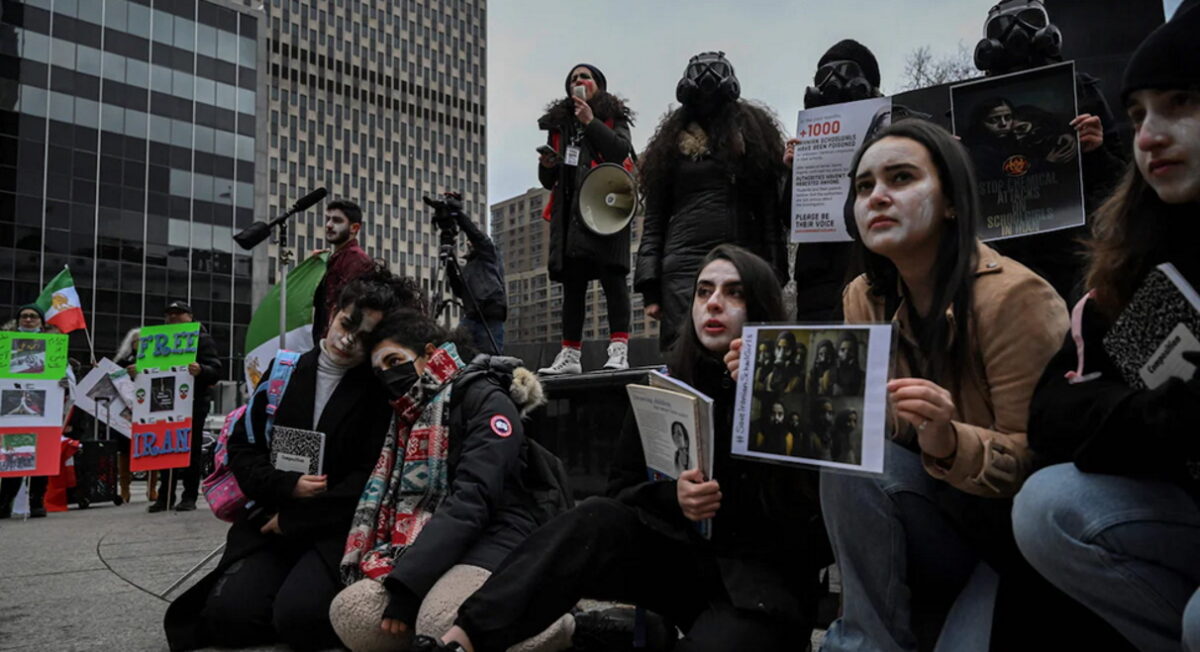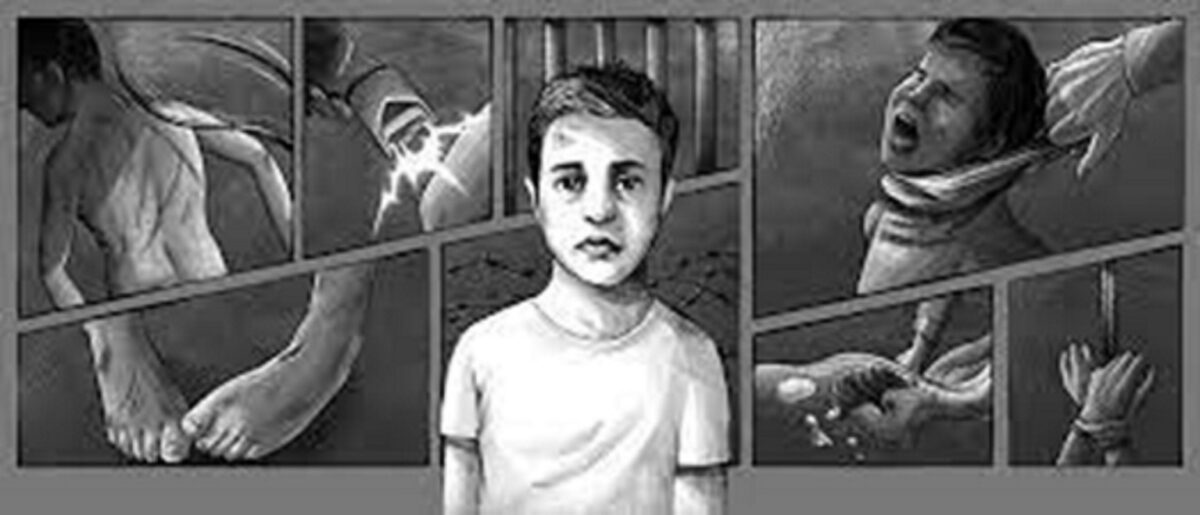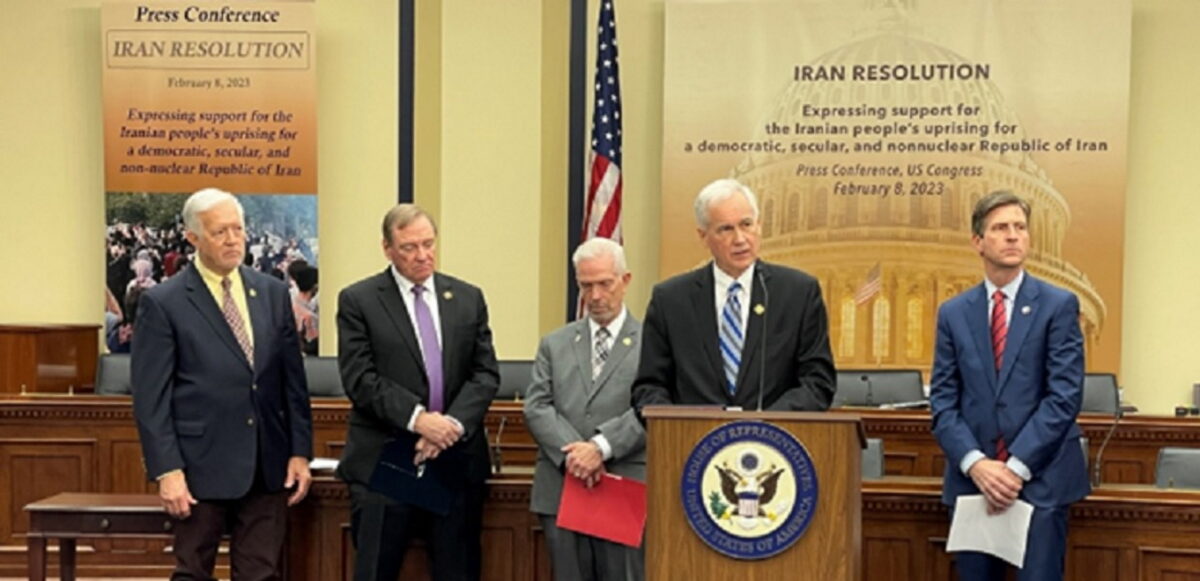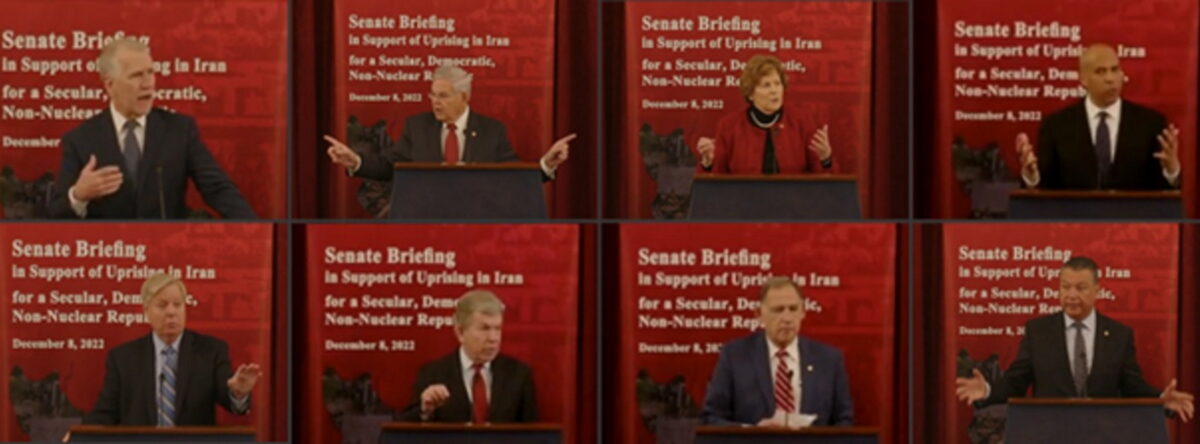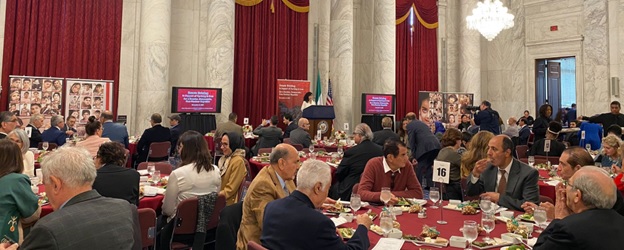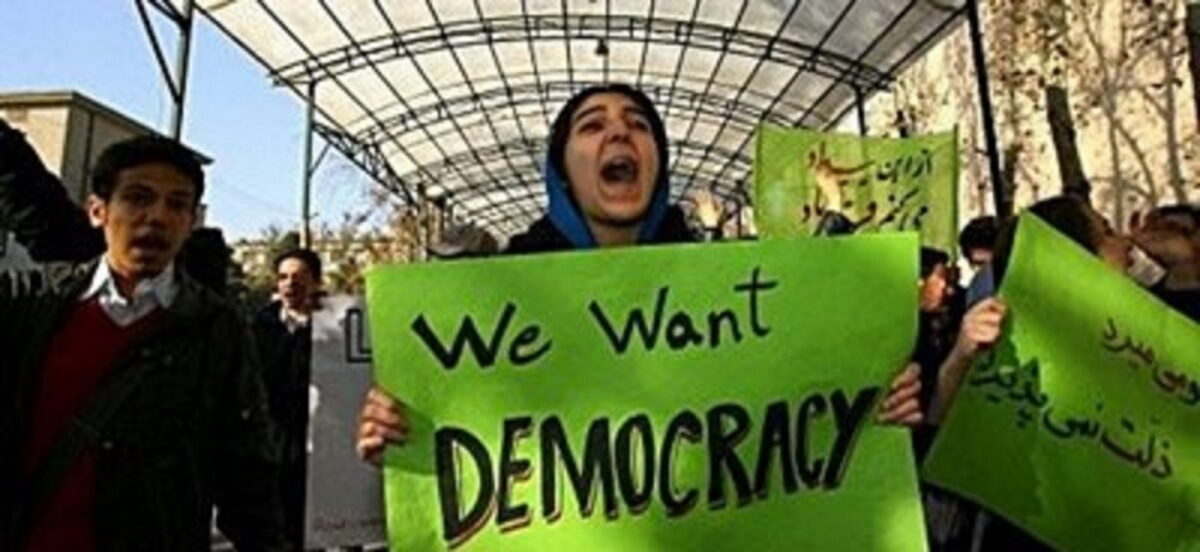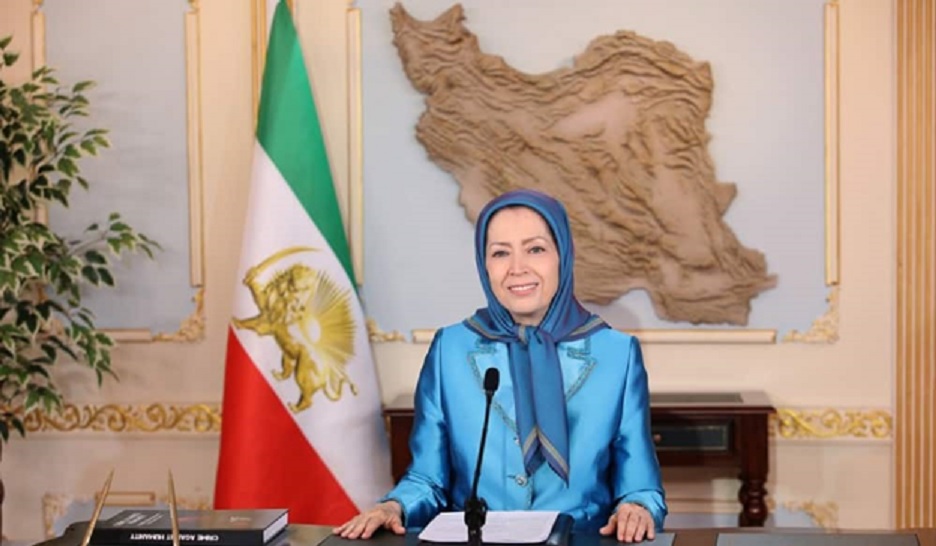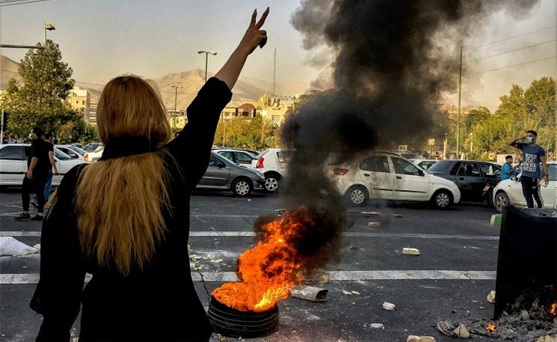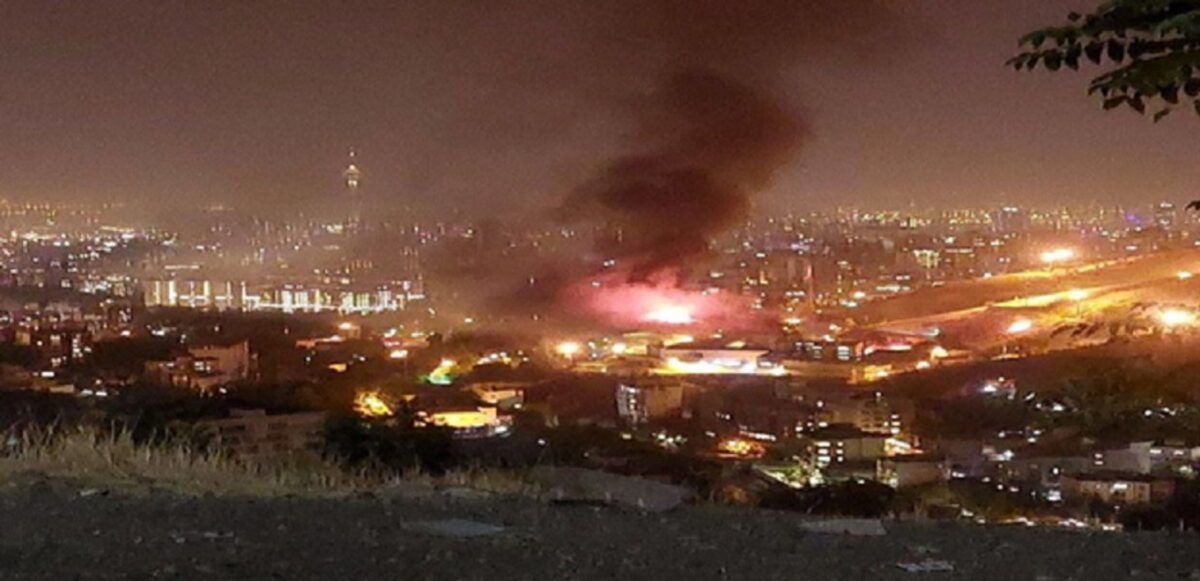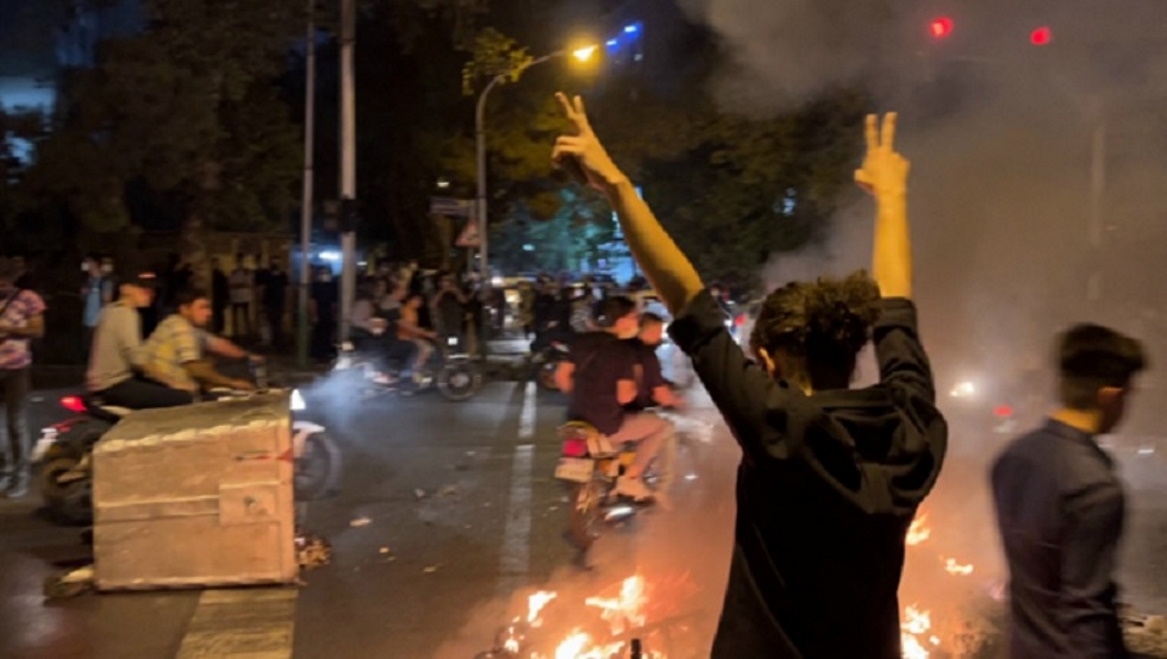CHILD DETAINEES IN IRAN SUBJECTED TO FLOGGING, ELECTRIC SHOCKS AND SEXUAL VIOLENCE IN BRUTAL PROTEST CRACKDOWN
Amnesty International | March 16, 2023
Iran’s intelligence and security forces have been committing horrific acts of torture, including beatings, flogging, electric shocks, rape and other sexual violence against child protesters as young as 12 to quell their involvement in nationwide protests, said Amnesty International today.
Marking six months of the unprecedented popular uprising in Iran, sparked by the death in custody of Mahsa (Zhina) Amini, Amnesty International reveals the violence meted out to children arrested during and in the aftermath of protests. The research exposes the torture methods that the Revolutionary Guards, the paramilitary Basij, the Public Security Police and other security and intelligence forces used against boys and girls in custody to punish and humiliate them and to extract forced “confessions.”
“Iranian state agents have torn children away from their families and subjected them to unfathomable cruelties. It is abhorrent that officials have wielded such power in a criminal manner over vulnerable and frightened children, inflicting severe pain and anguish upon them and their families and leaving them with severe physical and mental scars. This violence against children exposes a deliberate strategy to crush the vibrant spirit of the country’s youth and stop them from demanding freedom and human rights,” said Diana Eltahawy, Amnesty International’s Deputy Regional Director for the Middle East and North Africa.
“The authorities must immediately release all children detained solely for peacefully protesting. With no prospect of effective impartial investigations into the torture of children domestically, we call on all states to exercise universal jurisdiction over Iranian officials, including those with a command or superior responsibility, reasonably suspected of criminal responsibility for crimes under international law, including the torture of child protesters.”
Since the start of Amnesty International’s investigations into the Iranian authorities’ brutal crackdown on the uprising, the organization has documented the cases of seven children in detail. The organization obtained testimonies from the victims and their families, as well as further testimonies on the widespread commission of torture against scores of children from 19 eyewitnesses, including two lawyers and 17 adult detainees who were held alongside children. The victims and eyewitnesses interviewed were from provinces across Iran, including East Azerbaijan, Esfahan, Golestan, Kermanshah, Khorasan-e Razavi, Khuzestan, Lorestan, Mazandaran, Sistan and Baluchestan, Tehran, and Zanjan.
Amnesty International has removed any reference to identifying details, such as the ages of the children and the provinces in which they were detained, in order to protect them and their families against reprisals.
MASS DETENTION OF CHILDREN
Iranian authorities have admitted that the total number of people detained in connection with the protests was above 22,000. While they have not provided a breakdown of how many of those detained were children, state media reported that children comprised a significant portion of protesters. Based on testimonies of dozens of detainees from across the country who witnessed security forces detaining scores of children, coupled with the fact that children and youth have been at the forefront of protests, Amnesty International estimates that thousands of children could have been among those swept up in the wave of arrests.
Amnesty International’s findings indicate that arrested children, like adults, were first taken, often while blindfolded, to detention centers run by the Revolutionary Guards, the Ministry of Intelligence, the Public Security Police, the investigation unit of Iran’s police (Agahi) or the Basij paramilitary force. After days or weeks of incommunicado detention or enforced disappearance, they were moved to recognized prisons. Plainclothes agents abducted others from the streets during or in the aftermath of protests, took them to unofficial places such as warehouses, where they tortured them before abandoning them in remote locations. Such abductions were conducted without any due process and were intended to punish, intimidate and deter children from participating in protests.
Many children have been held alongside adults, contrary to international standards, and subjected to the same patterns of torture and other ill-treatment. A former adult detainee told Amnesty International that, in one province, Basij agents forced several boys to stand with their legs apart in a line alongside adult detainees and administered electric shocks to their genital area with stun guns.
Most of the children arrested over the past six months appear to have been released, sometimes on bail pending investigations or referral to trial. Many were only released after being forced to sign “repentance” letters and promising to refrain from “political activities” and to attend pro-government rallies.
Before releasing them, state agents often threatened children with the prosecution on charges carrying the death penalty or with the arrest of their relatives if they complained.
In at least two cases documented by Amnesty International, despite the threat of reprisals, victims’ families filed official complaints before judicial authorities, but none were investigated.
RAPE AND OTHER SEXUAL VIOLENCE
Amnesty International’s documentation also reveals that state agents used rape and other sexual violence, including electric shocks to genitals, touching genitals, and rape threats as a weapon against child detainees to break their spirits, humiliate and punish them,
and/or extract “confessions.” This pattern is also widely reported by adult women and men detainees.
State agents also hurled sexual slurs at detained girls and accused them of wanting to bare their naked bodies simply for protesting for women’s and girls’ rights and defying compulsory veiling.
One mother told Amnesty International that state agents raped her son with a hosepipe while he forcibly disappeared. She said:
“My son told me: ‘They hung [me] to the point that I felt like my arms were about to rip off. I was forced to say what they wanted because they raped me with a hosepipe. They were taking my hand and forcibly making me fingerprint the papers’.”
BEATINGS, FLOGGINGS, ELECTRIC SHOCKS AND OTHER ABUSES
Security forces regularly beat children at the time of arrest, in vehicles during transfer, and in detention centers. Other torture methods recounted include floggings, administering electric shocks using stun guns, the forced administration of unidentified pills, and holding children’s heads underwater.
In one case, several schoolboys were abducted for writing the protest slogan “Woman, Life, Freedom” on a wall. A relative of one of the victims told Amnesty International that plainclothes state agents abducted the boys, took them to an unofficial location, tortured and threatened to rape them, and then dumped them semi-conscious in a remote area hours later. The boy told the relative:
“They gave us electric shocks, hit me in my face with the back of a gun, gave electric shocks to my back and beat me on my feet, back and hands with batons. They threatened that if we told anyone, they would [detain us again], do even worse and deliver our corpses to our families.”
Victims and families told Amnesty International how state agents also choked children, suspended them from their arms or from scarves wrapped around their necks, and forced them to perform humiliating acts.
One boy recounted:
“They told us [over a dozen people] to make chicken noises for half an hour – for so long that we ‘lay eggs’. They forced us to do push-ups for one hour. I was the only child there. In another detention center, they put 30 of us in a cage made for five people.”
State agents also used psychological torture, including death threats, to punish and intimidate children and/or compel them to make forced “confessions”. State media has broadcast the “forced confessions” of at least two boys detained during protests.
The mother of a girl who was detained by the Revolutionary Guards told Amnesty International:
“They accused her of burning headscarves, insulting the Supreme Leader and wanting to overthrow [the Islamic Republic], and told her she will be sentenced to death. They threatened her not to tell anyone … They forced her to sign and fingerprint documents. She has nightmares and doesn’t go anywhere. She can’t even read her schoolbooks.”
Children were also held in cruel and inhuman detention conditions, including extreme overcrowding, poor access to toilet and washing facilities, deprivation of sufficient food and potable water, exposure to extreme cold and prolonged solitary confinement. Girls were held by all-male security forces with no regard for their gender-specific needs. Children were also denied adequate medical care, including for injuries sustained under torture.
https://www.amnestyusa.org/press-releases/child-detainees-in-iran-subjected-to-flogging-electric-shocks-and-sexual-violence-in-brutal-protest-crackdown/
